Preserving Classic Vehicles: Metal Fabrication Collision Repair Techniques
Metal fabrication collision repair is vital for restoring vintage cars to their former glory. Skille…….
In the ever-evolving landscape of industrial innovation, metal fabrication collision stands as a transformative force, reshaping manufacturing processes and pushing the boundaries of what’s possible. This article delves into the intricate world of this dynamic phenomenon, exploring its multifaceted aspects, global implications, and the profound impact it has on various sectors. By unraveling its complexities, we aim to provide valuable insights for professionals, researchers, and policymakers alike, who seek to harness its potential while navigating associated challenges.
Metal fabrication collision, at its core, refers to the precise and controlled interaction of metal components during the fabrication process, often involving high-energy impacts or collisions. It is a sophisticated technique that leverages the unique properties of metals, such as their strength, ductility, and shapeability, to create intricate structures and parts. This method has evolved significantly over time, transitioning from traditional forging and casting techniques to modern advanced manufacturing processes.
The process typically involves several key components:
Material Selection: Choosing the appropriate metal alloy is crucial. Factors like strength, corrosion resistance, and workability play a significant role in determining the final product’s performance. Common materials include steel, aluminum, titanium, and their various alloys.
Design and Engineering: Engineers create detailed designs using Computer-Aided Design (CAD) software, specifying dimensions, tolerances, and material properties. This stage ensures the structural integrity and functionality of the final fabrication.
Collision Techniques: There are diverse methods to induce metal fabrication collision:
Process Control: Ensuring the collision process’s accuracy and consistency is vital. Advanced sensors, robotics, and computer control systems monitor temperature, pressure, and velocity to maintain precision.
Historically, metal fabrication collision techniques have been practiced for centuries, with ancient blacksmiths using hammers and anvils to shape iron and steel. However, modern advancements in technology, such as computer-aided design and robotic automation, have elevated these processes to new heights of accuracy and efficiency.
The influence of metal fabrication collision extends beyond borders, shaping global industries and economies. Key trends and international developments highlight its growing significance:
| Region | Impact | Trends |
|---|---|---|
| North America | High adoption rate in automotive and aerospace sectors, driven by advanced manufacturing initiatives. | Focus on lightweight materials, 3D printing for complex components, and smart factory implementations. |
| Europe | Leading in sustainable metal fabrication practices, emphasizing recycling and eco-friendly processes. | Growing investment in research for high-performance alloys and hybrid manufacturing techniques. |
| Asia Pacific | Rapid industrialization drives demand, particularly in China and Japan. | Focus on precision engineering, automation, and cost-efficient production methods. |
| Middle East & Africa | Significant growth in oil and gas infrastructure projects utilizes advanced metal fabrication techniques. | Increasing adoption of digital technologies for design, manufacturing, and supply chain optimization. |
These global trends demonstrate the universal appeal of metal fabrication collision, as industries strive to improve efficiency, reduce costs, and develop innovative products.
The economic dynamics surrounding metal fabrication collision are complex and multifaceted. Several market forces and investment patterns shape this sector:
Global Market Size: According to a 2022 report by Grand View Research, the global metal fabrication market size was valued at USD 743.5 billion in 2021 and is expected to grow at a compound annual growth rate (CAGR) of 6.1% from 2022 to 2030. This indicates a robust and expanding market for advanced metal fabrication techniques.
Investment Trends: Governments and private entities are investing heavily in research and development (R&D) to drive innovation. For instance, the U.S. Department of Defense has funded projects focused on lightweight metal alloys for advanced aerospace applications.
Cost-Benefit Analysis: While initial setup costs for advanced fabrication facilities can be high, long-term benefits include reduced material waste, faster production times, and improved product quality, resulting in significant cost savings.
Supply Chain Disruptions: The COVID-19 pandemic exposed vulnerabilities in global supply chains, prompting manufacturers to localize production and invest in digital tools for supply chain optimization, including metal fabrication processes.
Technological breakthroughs have been pivotal in transforming metal fabrication collision into a highly sophisticated process:
Computer-Aided Design (CAD) Software: Advanced CAD programs enable engineers to create intricate 3D models, simulating collision scenarios and optimizing designs for improved performance.
Robotic Automation: Industrial robots equipped with advanced sensors can precisely control collision processes, ensuring accuracy and consistency. These robots also enhance worker safety by removing them from hazardous tasks.
Additive Manufacturing (3D Printing): This technology allows for the layer-by-layer creation of metal parts, offering unprecedented design freedom and complex geometry capabilities. 3D printing can directly produce final components, reducing the need for traditional collision techniques in some cases.
Advanced Materials: Researchers are developing new alloys with enhanced properties, such as improved strength-to-weight ratios, corrosion resistance, and temperature tolerance, pushing the boundaries of what’s achievable in metal fabrication.
The development and deployment of metal fabrication collision technologies are guided by various policies and regulations that vary across jurisdictions:
Safety Standards: Organizations like the American Society of Mechanical Engineers (ASME) and ISO set safety standards for metal fabrication processes, ensuring worker protection and equipment reliability.
Environmental Regulations: Many countries have strict environmental guidelines for metal manufacturing, focusing on emissions control, waste management, and sustainable practices. The European Union’s REACH regulation is a notable example, requiring manufacturers to assess and manage chemical risks.
Trade Policies: International trade agreements can impact the availability and cost of raw materials and manufactured goods. Tariffs and import/export regulations may favor certain regions or industries, influencing global supply chains.
Intellectual Property Protection: Patents and copyrights safeguard innovative technologies and designs, encouraging research and development while ensuring fair competition.
Despite its numerous advantages, metal fabrication collision faces several challenges and criticisms:
High Initial Costs: Setting up advanced fabrication facilities requires substantial investment in machinery, automation, and skilled labor, which can be a barrier for smaller manufacturers.
Skill Gap: The transition to digital and automated processes requires reskilling or upskilling of the workforce, addressing the existing skills gap in many regions.
Material Supply Chain Disruptions: Volatile metal prices and geopolitical tensions can disrupt the supply chain, impacting production costs and availability.
Environmental Concerns: While efforts are made to improve sustainability, some metal fabrication processes still produce significant environmental impacts, including energy consumption, emissions, and waste generation.
Solutions and Strategies:
Tesla, the electric vehicle (EV) pioneer, has leveraged metal fabrication collision techniques to produce lightweight yet robust battery cases for its vehicles. By utilizing advanced laser cutting and precision cold forming, Tesla creates complex battery enclosures that meet stringent safety and design criteria. This approach reduces weight, improves performance, and enables cost-effective production scaling.
The 787 Dreamliner aircraft represents a significant achievement in metal fabrication collision, with its innovative use of lightweight composite materials and advanced aluminum alloys. Boeing employed state-of-the-art techniques to fabricate intricate components, resulting in a revolutionarily fuel-efficient airplane. The success of the 787 highlights the importance of precise collision processes in creating complex airframes.
Advanced metal fabrication techniques are transforming the production of custom prosthetics and orthotics. By using 3D printing and computer-aided design, manufacturers can create highly personalized devices tailored to individual patients’ needs. This level of customization improves patient comfort and mobility while reducing manufacturing time and costs.
The future of metal fabrication collision is filled with promising possibilities, driven by emerging technologies and evolving industry trends:
Hybrid Manufacturing: The integration of additive and subtractive manufacturing (e.g., combining 3D printing with CNC machining) will enable the creation of even more complex and lightweight structures.
Advanced Materials: Newer alloys and composite materials will continue to push the boundaries of performance, strength, and corrosion resistance.
Digital Twin Technology: Creating digital replicas of physical assets, processes, and systems will allow for predictive maintenance, optimized production planning, and enhanced quality control.
Sustainable Focus: The industry is expected to embrace more eco-friendly practices, including closed-loop recycling, renewable energy sources, and the development of biodegradable metal alloys.
Global Collaboration: As the world becomes more interconnected, collaboration between researchers, manufacturers, and policymakers across borders will foster innovation and accelerate the adoption of best practices.
Metal fabrication collision stands as a testament to human ingenuity and our relentless pursuit of progress. Its global impact is profound, shaping industries from automotive and aerospace to healthcare and beyond. As technology continues to evolve, this dynamic field will play an increasingly critical role in addressing complex challenges and driving innovation.
By understanding its intricacies, embracing technological advancements, and navigating the associated challenges, metal fabrication collision will continue to revolutionize manufacturing processes, unlock new possibilities, and contribute to a more sustainable and technologically advanced world.
Q: What are the primary benefits of using metal fabrication collision techniques?
A: These techniques offer improved precision, reduced material waste, faster production times, and enhanced product quality compared to traditional methods. They also enable the creation of complex geometries not feasible with conventional processes.
Q: How does metal fabrication collision contribute to sustainability?
A: While some processes have environmental impacts, advancements in green manufacturing practices, such as recycling, renewable energy use, and efficient material handling, are reducing these footprints. The industry is also exploring biodegradable metal alloys for specific applications.
Q: Can you explain the role of 3D printing in metal fabrication collision?
A: Absolutely! 3D printing allows for additive manufacturing, where objects are created layer by layer from digital models. This enables the direct production of complex parts, minimizing the need for traditional collision techniques and offering design flexibility.
Q: What are some common safety standards followed in metal fabrication collision?
A: Organizations like ASME and ISO set safety standards covering machinery operation, personal protective equipment (PPE), workplace layout, and training requirements to ensure worker safety during collision processes.
Q: How does the global supply chain impact metal fabrication collision?
A: Global supply chains influence raw material availability, pricing, and manufacturing costs. They can also drive innovation as manufacturers collaborate and share best practices across borders. However, disruptions can affect production timelines and product quality.
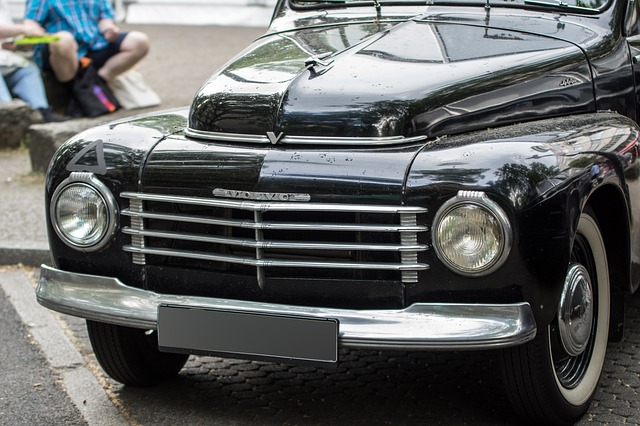
Metal fabrication collision repair is vital for restoring vintage cars to their former glory. Skille…….
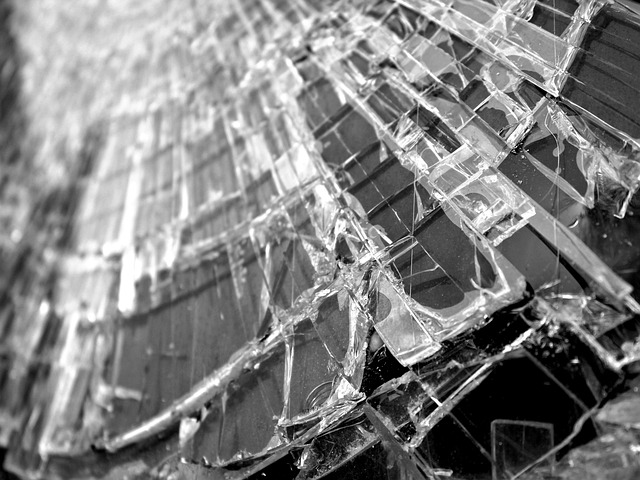
Metal fabrication collision repair techniques offer a sophisticated approach to auto body restoratio…….
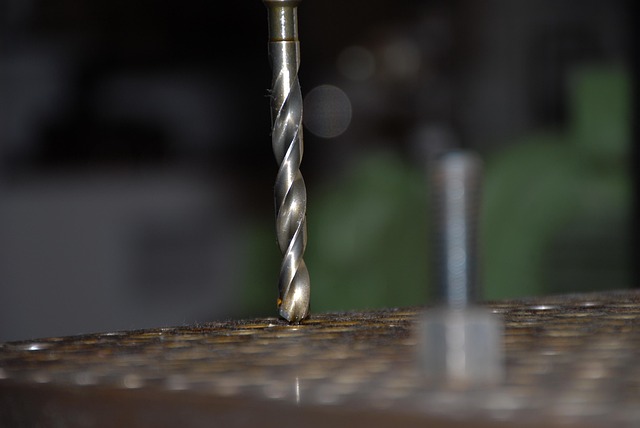
Metal fabrication collision repair is a specialized process that restores damaged metal car componen…….

Metal fabrication collision processes, vital for creating complex automotive components like vehicle…….
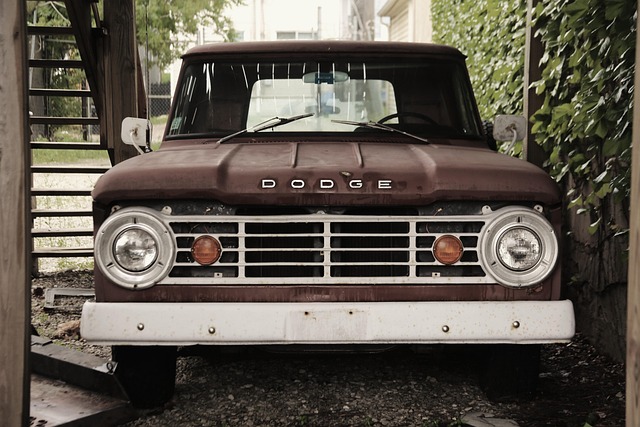
Sheet metal, prized for its strength, formability, and precision, is a key player in modern collisio…….
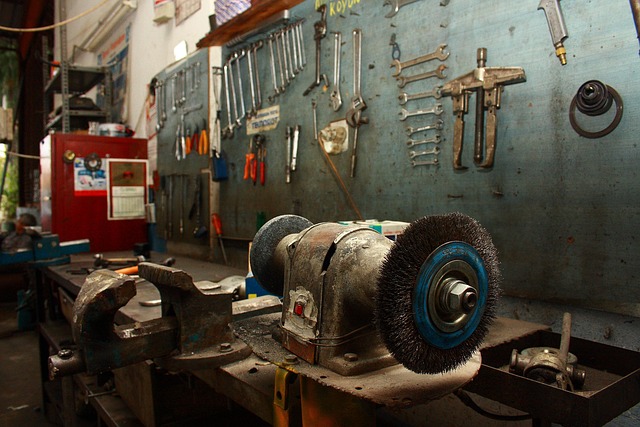
Metal fabrication collision repairs require a blend of technical skill and artistic eye, encompassin…….
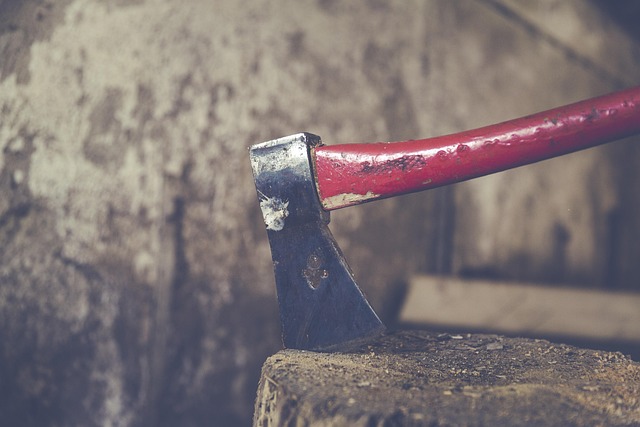
Metal fabrication collision repair begins with a meticulous initial assessment by skilled technician…….